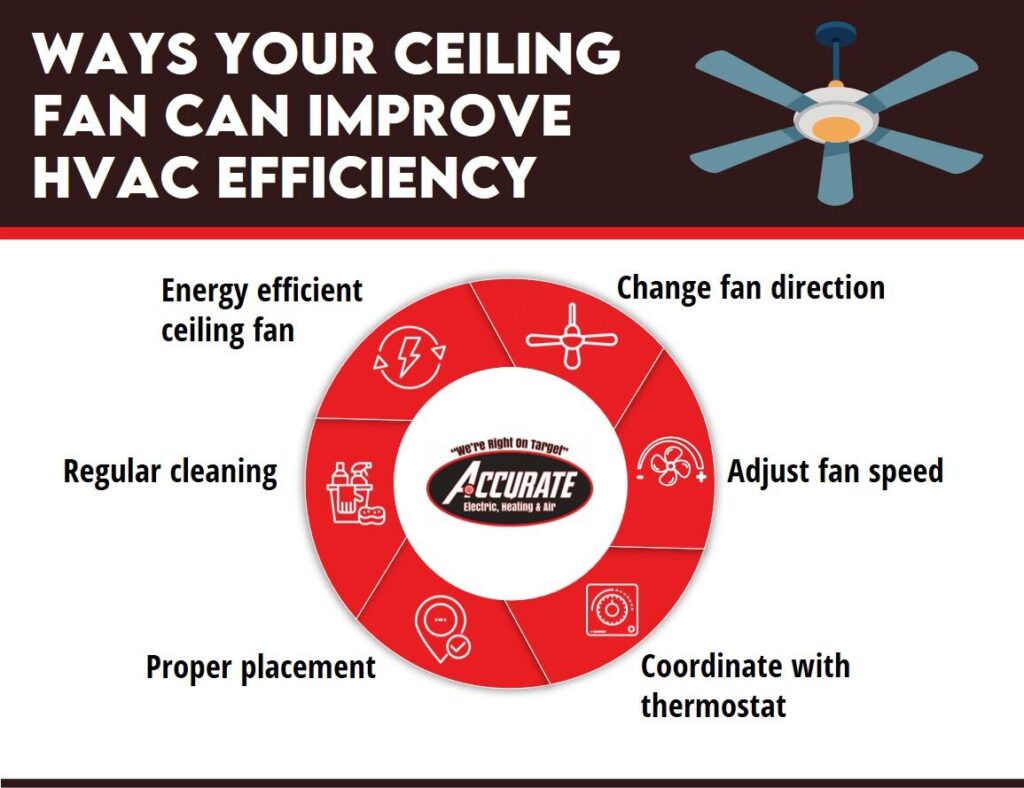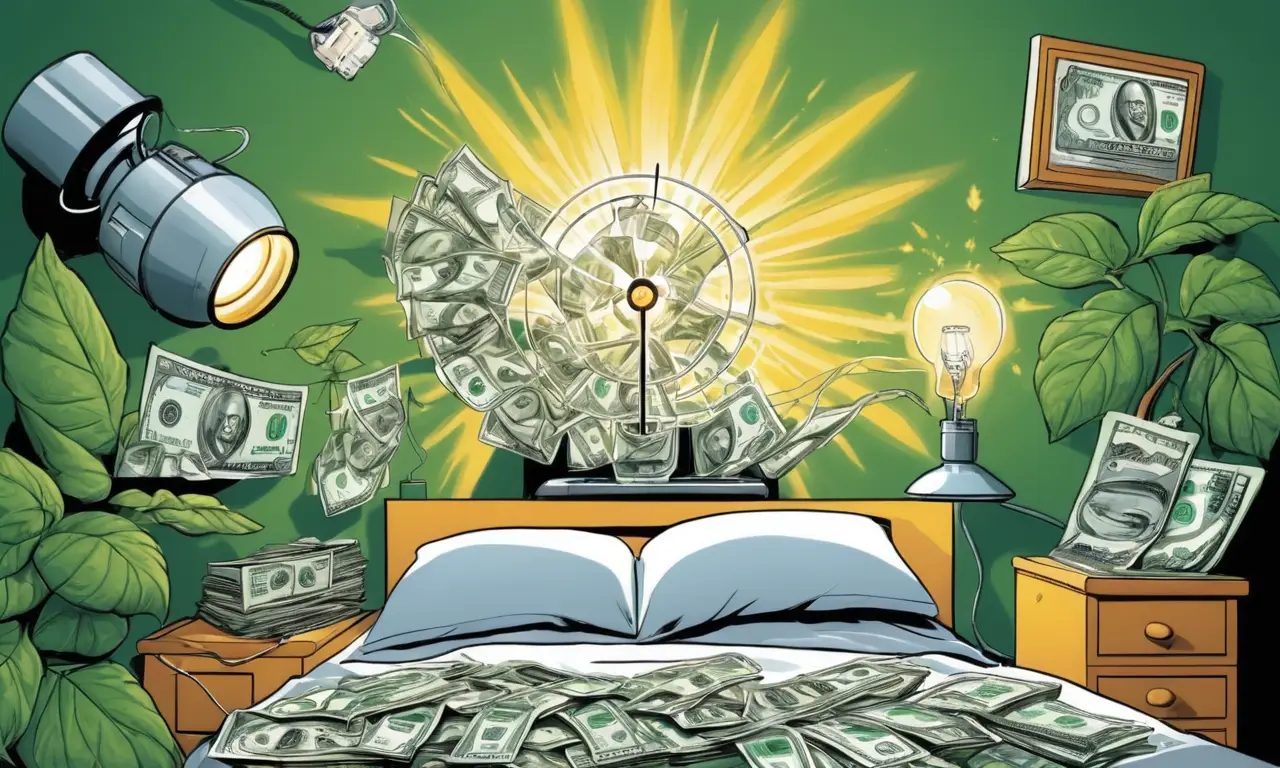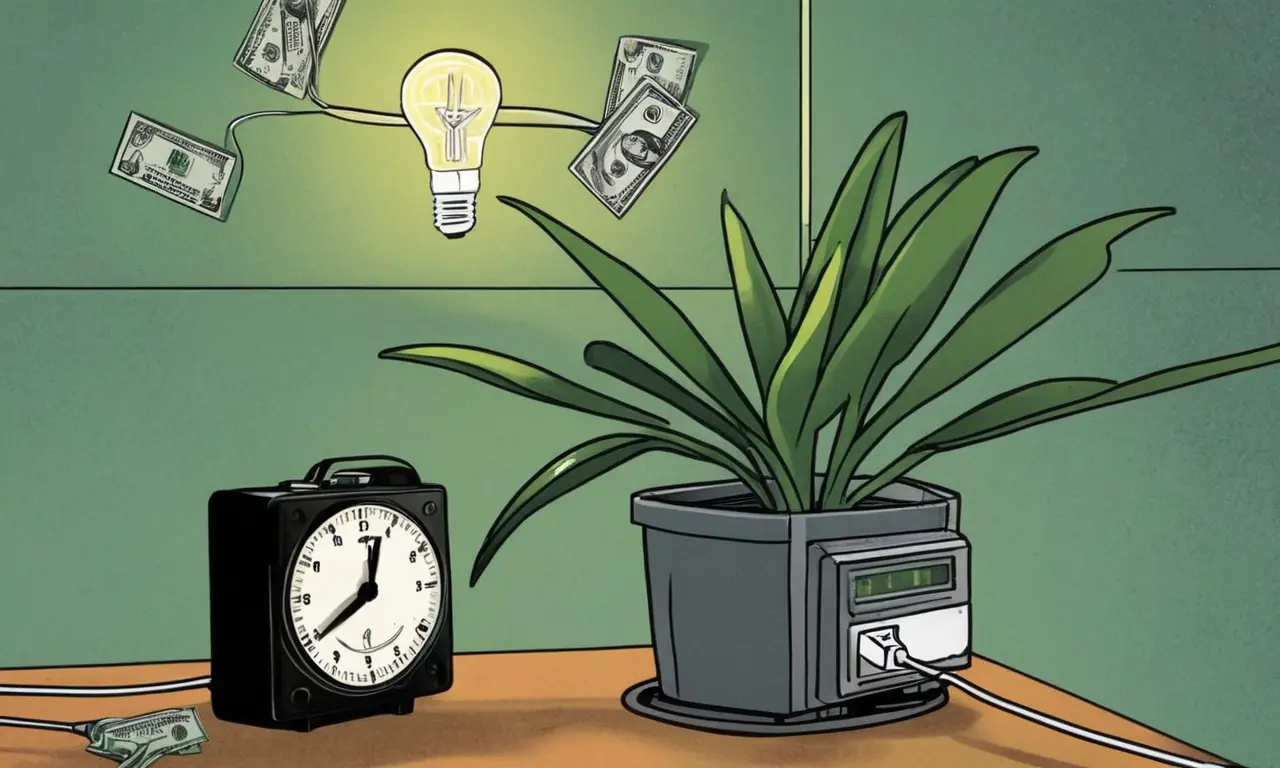
Keeping your home cool and comfortable is essential, especially during hot summer months. Fans are a popular choice for providing relief from the heat, but running them continuously throughout the day can have an impact on your electricity bill. Understanding how much does it cost to run a fan 24/7 and implementing energy-saving strategies can help you keep your home cool while managing your energy expenses.
This article will delve into the factors influencing the cost of running a fan 24/7, explore the energy consumption patterns of fans, and provide practical tips for minimizing energy usage and saving money on your electricity bill. We’ll also discuss the benefits of using timers to optimize fan operation and ensure you’re only paying for the cooling you need.
Running a Fan 24/7 Costs
The cost of running a fan continuously for 24 hours depends primarily on two factors: the wattage of the fan and your local electricity rates. Wattage refers to the amount of electrical power the fan consumes, measured in watts (W). Higher wattage fans require more energy to operate, resulting in higher electricity costs.
Electricity rates vary significantly depending on your location and utility provider. Some regions have lower rates during off-peak hours, while others offer tiered pricing structures based on consumption levels. To determine the exact cost of running your fan 24/7, you can use an online energy calculator or contact your local utility company for specific rate information.
Generally, a standard ceiling fan with a wattage of around 75 watts will consume approximately 1.8 kilowatt-hours (kWh) per day when running continuously. If your electricity rate is $0.15 per kWh, the daily cost would be around $0.27. Over a month, this translates to roughly $8.10 for running the fan 24/7.
Energy Consumption of Fans

Fans are generally considered energy-efficient appliances compared to air conditioners. However, continuous operation can still contribute to your overall energy consumption. The type of fan you use also plays a role in its energy efficiency.
Ceiling fans, for example, are designed to circulate air effectively and create a cooling breeze, reducing the need for air conditioning. Portable fans, while convenient, tend to consume more energy due to their smaller size and less efficient design. When choosing a fan, consider factors like wattage, airflow rating, and energy-efficiency certifications to minimize its impact on your electricity bill.
Cost Savings Tips for Fan Usage
Implementing simple strategies can significantly reduce the cost of running your fans and conserve energy.
Optimize Fan Placement
Position your fans strategically to maximize their cooling effect. Ceiling fans should rotate counterclockwise in summer to push cool air downwards, while portable fans placed near windows can draw in cooler air from outside.
Utilize Natural Ventilation
Take advantage of natural ventilation by opening windows and doors during cooler hours to allow fresh air to circulate throughout your home. This can reduce the need for constant fan operation.
Set Fans on Lower Speeds
Running fans at lower speeds can still provide adequate cooling while consuming less energy. Experiment with different speed settings to find the optimal balance between comfort and energy efficiency.
Timer Settings for Fans

Timers offer a convenient way to automate fan operation and prevent unnecessary energy consumption.
Programmable Timers
Consider using programmable timers to set specific on/off times for your fans based on your daily schedule. This ensures that fans are only running when needed, minimizing wasted energy.
Remote Control Options
Some fans come equipped with remote controls that allow you to adjust settings and turn the fan on or off from a distance. Utilize this feature to conveniently control fan operation and avoid leaving it running unnecessarily.
Conclusion
Running a fan 24/7 can contribute to your electricity bill, but by understanding how much does it cost to run a fan 24/7 and implementing energy-saving strategies, you can keep your home cool while managing your energy expenses.
Consider factors like fan wattage, local electricity rates, and usage patterns to determine the optimal approach for your needs. Utilizing timers, optimizing fan placement, and taking advantage of natural ventilation can significantly reduce energy consumption and save money on your utility bills. By making conscious choices about fan operation, you can enjoy a comfortable living environment while promoting energy efficiency.
